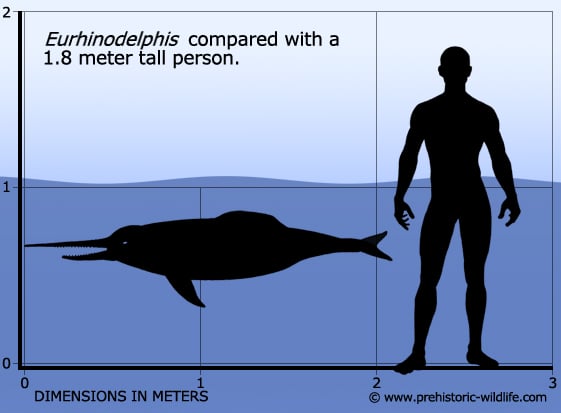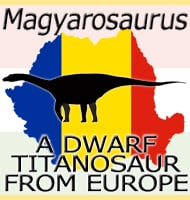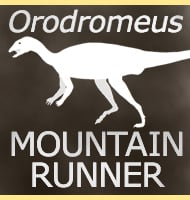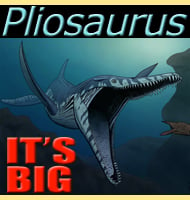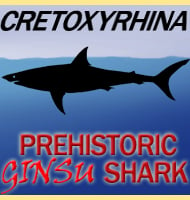In Depth
Sometimes confused with the similarly named ichthyosaur Eurhinosaurus, Eurhinodelphis was a Miocene era cetacean that resembled a long snouted dolphin. Another similarity to dolphins is the asymmetrical brain which means one side was different than the other. Additionally Eurhinodelphis had extremely well developed hearing and is considered to have possibly hunted by echolocation.
The long jaws, particularly the upper which extends beyond the lower has been interpreted as being the main prey killing adaptation. Like with sword fish, palaeontologists think that Eurhinodelphis would have swum into a shoal of fish and thrashed its long snout about to inflict injuries upon the fish. Once injured the fish could not swim and move with the rest of the shoal and became easy prey.
Further Reading
– Sur quelques mammiferes du crag d’Anvers. – Bulletins de L’Academie Royale des Sciences, des Lettres et des Beaux-Arts 24:562-577 – B. Du Bus – 1867. – Systematic revision of the Miocene long-snouted dolphin Eurhinodelphis longirostris Du Bus, 1872. – Bulletin de l’Institut royal des Sciences naturelles de Belgique, Sciences de la Terre 74:147-174 – O. Lambert – 2004.
